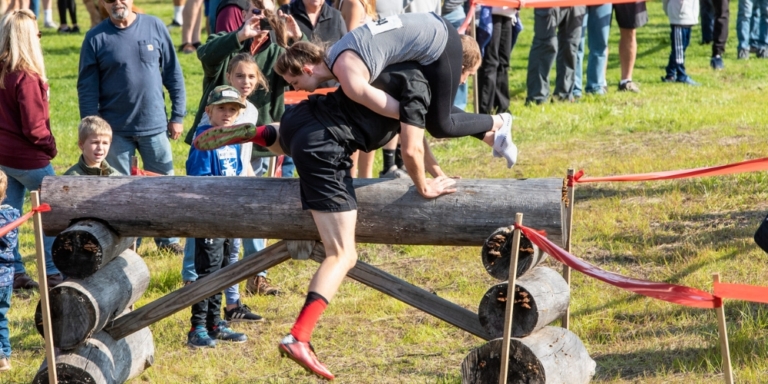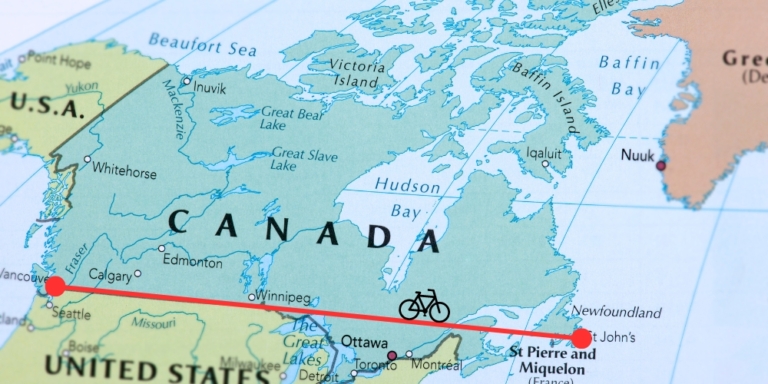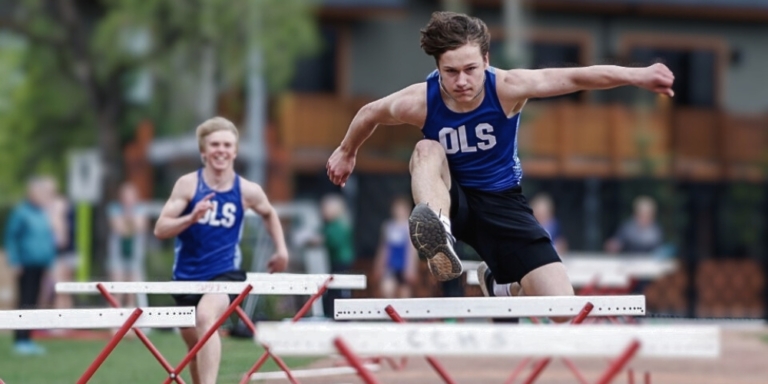We’re Canadian.
Hockey is in our blood.
But hockey can be risky with flying pucks, high sticks and sharp blades.
The Canadian Junior Hockey League (CJHL) has issued new safety mandates to minimize the later risk.
Quick Response to Ensure Safety
In the wake of a tragic incident that shook the international hockey community, Canadian Junior A hockey players must add a critical piece of safety equipment to their on-ice attire: protective neck guards.
The new safety measure comes after Adam Johnson, a 29-year-old former NHL player, passed away after suffering a fatal neck injury caused by a skate blade cut to the neck during a collision in a game overseas.


This tragic event prompted a swift and unified response from the CJHL.
The CJHL, overseeing leagues like the Alberta Junior Hockey League (AJHL), voted that all players across its 122 teams must wear certified neck guards during any on-ice activity.
This decision matches the Western Hockey League’s (WHL) equipment rules, highlighting a cross-border agreement on the importance of neck protection in the sport.
Neck guards or throat protectors are typically fashioned from ballistic nylon—known for durability and resistance to cuts—and come in two designs: the bib and the collar.
The objective is to safeguard against the neck cuts that cost Johnson his life.
Johnson’s tragic death is a sobering reminder of the risks hockey players face.
Optional or Mandatory?
Some of Johnson’s former NHL teammates have adopted neck guards to pay tribute to their late colleague.
Erik Karlsson, a defenseman for the Pittsburgh Penguins, spoke to the importance of life over sport and advocated adopting safety measures to prevent further tragedies.
“We do this because we love to do this, and we get paid well to do it and stuff like that. But at the end of the day, we do it because it’s a choice – I don’t think anyone would keep doing it if it meant risking your life every day going out there,” said Karlsson in a media release.
The CJHL’s latest mandate is not the first of its kind. Hockey Canada requires all minor and female hockey players to wear a BNQ-certified throat protector. BNQ stands for Bureau de Normalisation du Quebec. Based in Quebec, BNQ is the organization that created the standard for cut-resistant neck guards.
The rules of Hockey Canada are strict: if a player’s neck guard falls off, they must exit the game until it is reattached, with penalties in place for non-compliance.
More Safety Mandates Coming?
The AJHL has instituted a requirement for complete facial protection at the start of the 2023-24 season for players aged 18 and under.
In the 2024-2025 season, players 19 and under will need to wear a face cage, and by the 2025-2026 season, this rule will apply to every player in the AJHL.
Hockey Canada tried to implement a similar mandate in December but received pushback from the hockey community.


Andrew Milne, head coach and general manager of the Canmore Eagles, claims to see both sides of the argument.
On the one hand, masks and face cages will help protect players from dangerous oral injuries.
Conversely, Milne believes it makes AJHL teams look ‘inferior.’
AJHL teams face off against organizations like the WHL and the United States Hockey League, which don’t require players to use full facial protection.
“I think the cage looks a little minor hockey. I do get the positives of it, but I think from a business, the product we’re putting on the ice, I would like to see it a little more professional looking…,” Milne told the Rocky Mountain Outlook.
To keep our players safe, AJHL teams like the Canmore Eagles must adapt to the changes in the coming seasons.
Do we prioritize looking professional over safety? The choice seems clear to us. We used to ride bikes without helmets, drive cars without seatbelts and waterski without lifejackets, but safety prevailed, and now we wouldn’t even consider doing these activities without protection.
Hockey is evolving. Not long ago, helmets were considered sissy in hockey.
It’s time neck guards are required across all hockey leagues.






